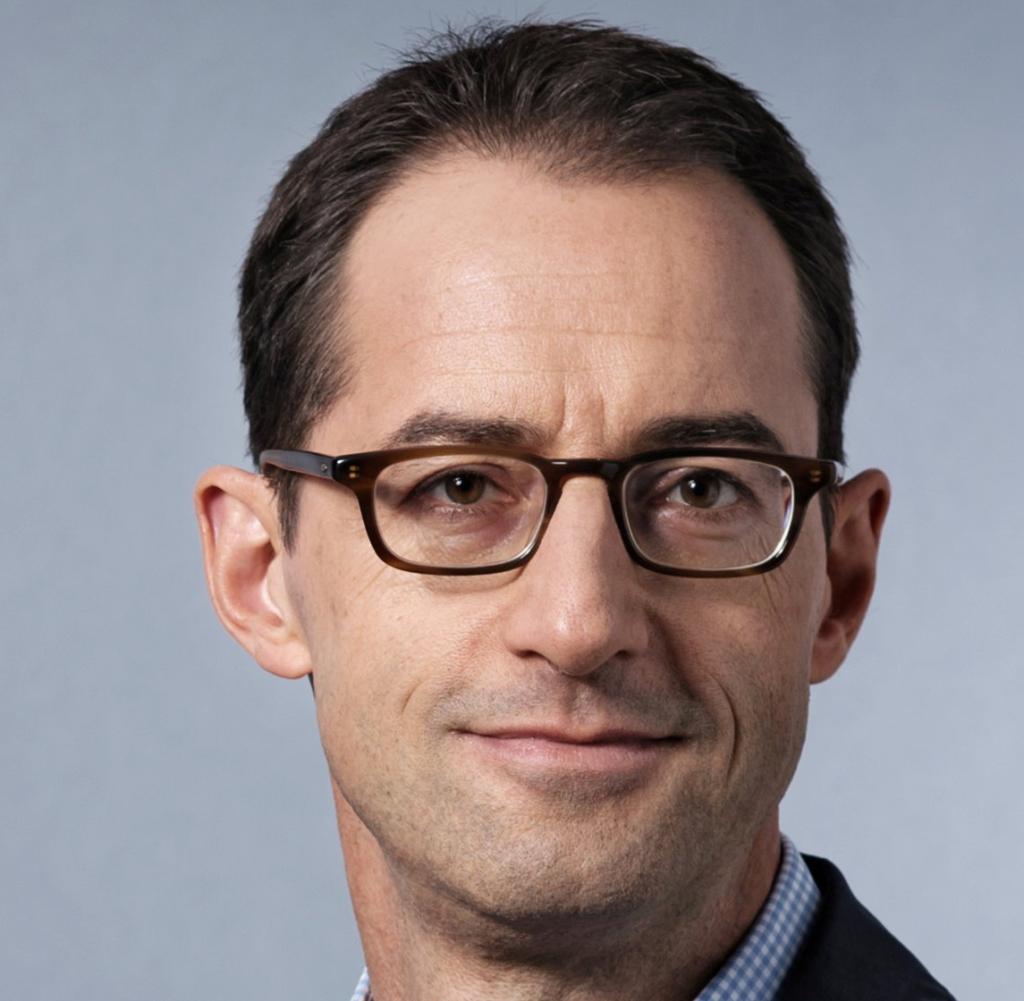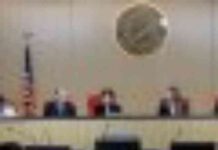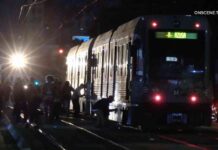Karl Friedrich Schinkel’s Bauakademie was one of the most valuable pieces of architecture in Berlin. The brick cube in the heart of the city opposite the palace, completed in 1836, with its four identical facades without a central axis, was an early modern, groundbreaking building that had a major influence on the development of architecture – right up to the so-called Chicago School and its high-rise buildings. Schinkel’s late work is a part of every international building history.
That is why there has long been agreement that the building, which was demolished in 1962, should be rebuilt in a way that is true to the original. And the work could have been completed long ago. The German Bundestag had already decided to rebuild it in November 2016 and allocated 62 million euros for it.
In 2019, the Federal Foundation for the Construction Academy was founded to build the building and operate it as a center for architecture and urban development. In the summer of 2022, a representative survey by Forsa showed that 67 percent of German citizens surveyed were in favor of a reconstruction of the Schinkel building that was true to the original. A corresponding resolution is also included in the coalition agreement of the Berlin state government made up of the CDU and SPD.
Only the Federal Foundation for the Construction Academy under its head Guido Spars is persistently looking for ways to thwart the agreed reconstruction. At first it was said that the reconstruction had to be a “contemporary interpretation”, climate-friendly and so on.
And now a study by the architects Schneider Schumacher has been published, which comes to the conclusion that a faithful external reconstruction is not possible under current building regulations: because barrier-free access cannot be achieved and because the narrow windows on the top floor do not allow sufficient light.
In a motion to the Berlin House of Representatives, the coalition parties CDU and SPD have therefore proposed that when the building is rebuilt, three sides should retain the historical facades, but the fourth side should be opened up “for contemporary requirements such as, above all, disabled access and lighting”.
This has prompted a number of Berlin citizens’ associations to criticize this study in a statement and rightly point out that the similarity of all four sides was a central component of Schinkel’s celebrated design. A complete reconstruction and accessibility are not a contradiction, the statement says.
In fact, all historical monuments in central Berlin have disabled access. Why should this not be possible with a faithfully rebuilt Bauakademie? The following also applies to this reconstruction: “Those who want to will find ways; those who don’t want to will find reasons.”




